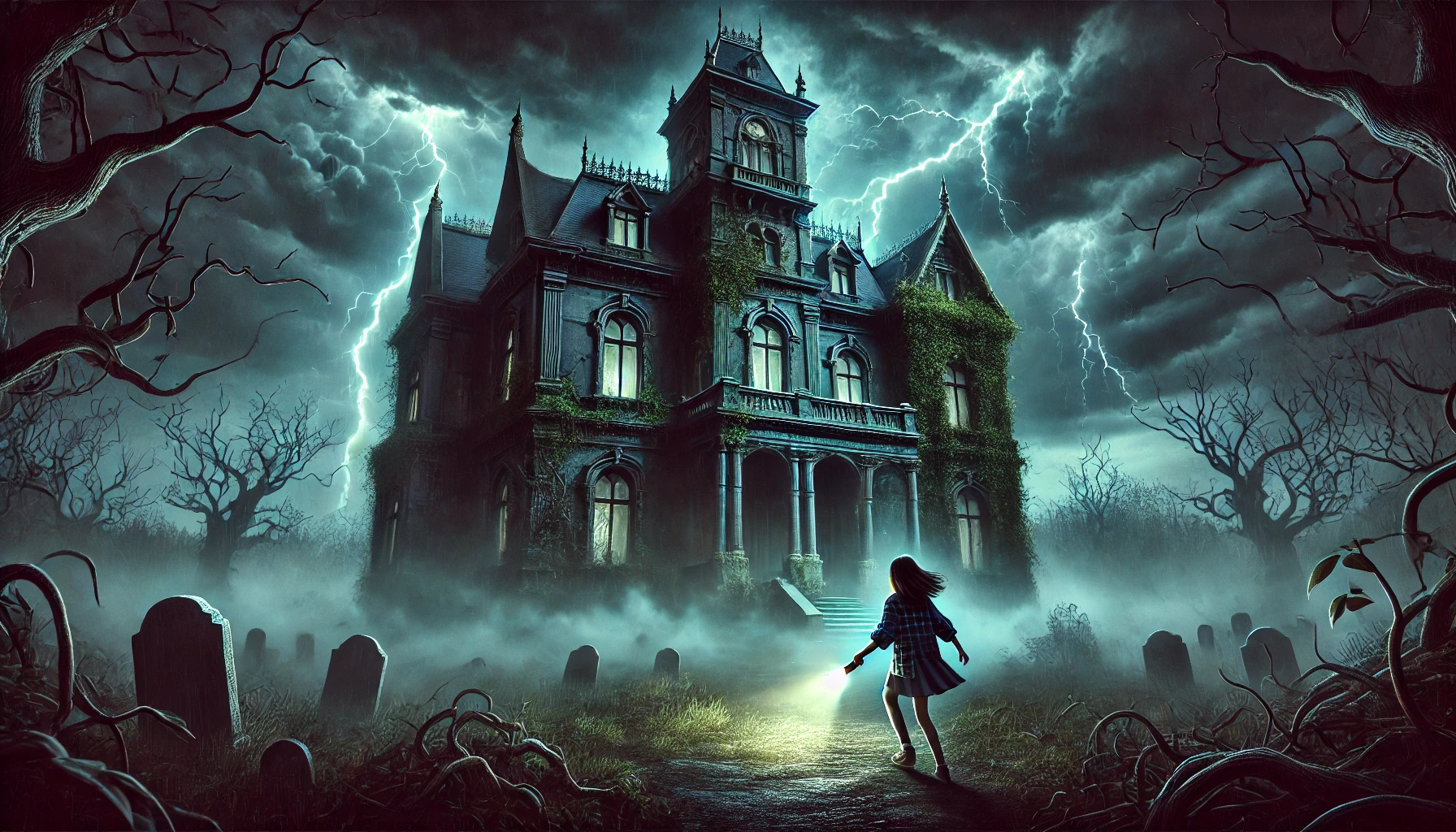Welcome to the world of romance story writing. Here, every page is a chance to dive into love, longing, and connection. As you start writing romance fiction, you’ll see that these stories are powerful. They touch readers’ hearts through the characters and their relationships.
By using key writing tips, you can make love stories that touch readers. These stories will be both real and exciting. This guide will show you how to write engaging romance tales. You’ll leave your audience wanting more.

Key Takeaways
- Understand the essential elements that define romance stories.
- Create relatable characters who embody the complexities of love.
- Focus on building tension and conflict to engage readers emotionally.
- Craft authentic dialogue that reflects genuine relationships.
- Utilize real-life experiences to enrich your storytelling.
- Revise and edit your work to sharpen your love story’s impact.
Understanding the Romance Genre
Exploring the romance genre is a joy for both writers and readers. A good love story has key elements that connect characters emotionally. These include attraction, conflict, and a happy ending. Knowing these parts is key to creating a story that stays with readers.
Defining Romance Elements
At the core of romance stories are elements that make them stand out. You’ll find:
- Emotional connection between the main characters, which draws readers in.
- Conflict that tests the relationship, adding depth and tension.
- Resolution that brings closure and fulfillment, showing a path to love.
Popular Subgenres of Romance
Exploring romance subgenres can offer new ideas for your writing. Knowing these categories helps you reach your audience better. Here are some well-known subgenres:
- Contemporary romance looks at modern relationships and issues that today’s readers can relate to.
- Historical romance takes readers back in time, blending romance with historical settings.
- Romantic suspense mixes romance with exciting plots, appealing to fans of suspense.
Character Development in Romance Stories
In romance stories, character development is key. You want readers to connect with characters who feel real and complex. By making your protagonists deep, your story becomes richer and more engaging.
Think about what your characters want, their flaws, and how they change. These changes help them form *meaningful relationships* with others.
Creating Relatable Characters
To make readers care about your characters, show their struggles and strengths. Characters should have traits that readers can see in themselves. This makes them feel real and relatable.
Explore what drives them and the challenges they face. A mix of happiness and conflict makes your characters more believable. This approach draws readers into the heart of your story.
The Importance of Character Chemistry
Character chemistry is the heart of romance stories. The way your protagonists interact can stir strong feelings and move the story along. It’s vital to show how they connect, building tension and excitement.
You can show their chemistry through their conversations, shared moments, and openness. This creates bonds that keep readers hooked. Strong chemistry not only makes the romance better but also deepens your characters.
| Element | Description | Significance |
|---|---|---|
| Relatable Characters | Characters that reflect real-life experiences and emotions | Enhances reader connection and engagement |
| Character Chemistry | Interpersonal dynamics between characters that create tension | Drives narrative forward and fosters emotional investment |
| Romance Protagonists | Main characters in a romantic storyline | Form the core of the emotional landscape |
| Meaningful Relationships | Connections that evolve throughout the story | Highlight character development and growth |
Romance Story Writing Techniques
Effective storytelling techniques can make your romance story better. Think about how tension and conflict drive the plot. The tension between characters can make readers feel all the emotions.
Writing dialogue is key. It brings characters to life and shows their true selves. The setting also matters a lot. It can set the mood and make the characters’ bond stronger.
Building Tension and Conflict
Keeping readers hooked is all about tension. It makes them care more about what happens next. Use conflicts like misunderstandings or challenges to make the story richer.
Crafting Authentic Dialogue
Dialogue should sound real and true to each character. It should show their background, feelings, and thoughts. In romance, it’s a way to show vulnerability and build chemistry.
Think about what’s not said too. What’s left unsaid can be just as powerful as what’s spoken.
Setting the Scene: Location’s Impact
The setting is very important in romance stories. It sets the mood and affects how characters act and feel. Choose places that fit your story’s mood, like a quiet beach or a busy city.

| Technique | Description | Impact on Story |
|---|---|---|
| Building Tension | Creating emotional stakes through conflict | Increases reader engagement |
| Writing Dialogue | Crafting realistic and emotionally charged conversations | Enhances character development |
| Setting | Choosing locations that resonate with the story | Amplifies mood and influences character interactions |
Romance Story Writing: Tips for Success
Writing a romance story is all about creativity and careful thought. Using effective strategies keeps your readers hooked. It also makes sure your story touches their hearts. You can make your love story better by using real-life experiences, editing, and revising.
Keeping Your Readers Engaged
To keep readers interested, focus on the story’s pace and mystery. Create characters and situations that readers can relate to and feel. Surprise them with twists but make sure the romance feels real.
Utilizing Real-Life Experiences
Adding real-life moments to your story makes it richer. Use your own life or others’ to show true feelings and situations. This helps readers connect deeply with your story.
Editing and Revising Your Love Story
Editing is key to perfecting your romance story. Look at character growth, dialogue, and the story’s structure. This makes your story clear and meaningful. Get feedback and make changes to improve your story.

| Tip | Description |
|---|---|
| Reader Engagement | Utilize pacing, suspense, and relatable characters to capture attention. |
| Real-Life Experiences | Draw from personal or observed experiences to create authentic scenarios. |
| Editing Process | Focus on clarity in narrative and character development through systematic revisions. |
| Feedback | Seek external perspectives for constructive criticism to enhance your writing. |
Conclusion
As we reach the end of our romance writing journey, it’s time to look back. We’ve covered key tips for writing love stories. These tips include understanding the romance genre, creating relatable characters, and using authentic dialogue and settings.
Each tip is a step towards making stories that touch your readers’ hearts. Your unique voice is your greatest strength in storytelling. Use it to explore different themes and characters.
Remember, readers want stories that feel real and passionate. When you write, put in real emotions that make readers feel every moment. This makes your stories unforgettable.
Writing romance is just as important as the stories themselves. Use what you’ve learned to let your creativity shine. Your stories can have a lasting impact. So, fill every page with love, making your works unforgettable. Happy writing!
FAQ
What are the key elements of romance story writing?
Romance story writing focuses on emotional connection, conflict, character growth, and a satisfying end. These elements make love stories that readers love. By making characters relatable and relationships meaningful, you grab your audience’s attention.
How can I develop relatable characters in my romance stories?
To make characters relatable, explore their desires, flaws, and changes. Give them depth and complexity that mirrors real life. This way, readers can feel a strong connection with your characters. The chemistry between them is key to keeping the story engaging.
What are some practical techniques for building tension in a romance story?
Building tension involves introducing conflicts, controlling the story’s pace, and creating challenges for your characters. Also, authentic dialogue can raise the emotional stakes. This keeps readers eager to see what happens next.
How important is setting in romance writing?
Setting is very important in romance writing. It sets the mood and atmosphere of your story. The right setting can make your story more vivid and engaging for readers.
What strategies can I use to keep readers engaged?
To keep readers hooked, focus on pacing and introduce mystery early. Use relatable situations and real-life experiences to make your story more authentic. This deepens the emotional connection with your readers.
How do I approach the editing and revising process for my romance story?
Editing and revising are key to perfecting your romance story. Work on clarity, character growth, dialogue, and plot structure. Review your work carefully and consider feedback from others. This will improve your story’s quality.




